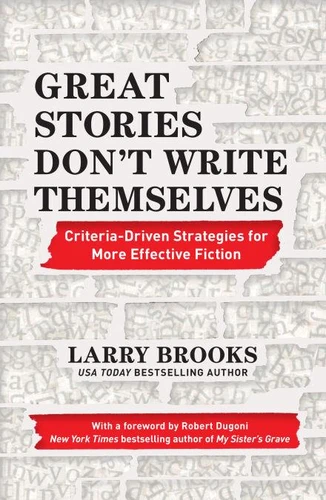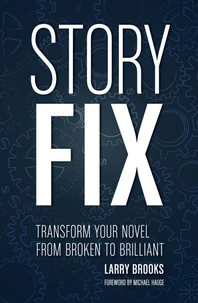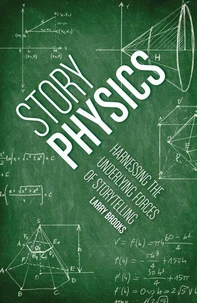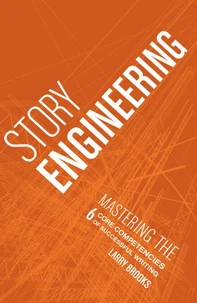Great Stories Don't Write Themselves
Par : ,Formats :
Disponible dans votre compte client Decitre ou Furet du Nord dès validation de votre commande. Le format ePub protégé est :
- Compatible avec une lecture sur My Vivlio (smartphone, tablette, ordinateur)
- Compatible avec une lecture sur liseuses Vivlio
- Pour les liseuses autres que Vivlio, vous devez utiliser le logiciel Adobe Digital Edition. Non compatible avec la lecture sur les liseuses Kindle, Remarkable et Sony
- Non compatible avec un achat hors France métropolitaine
 , qui est-ce ?
, qui est-ce ?Notre partenaire de plateforme de lecture numérique où vous retrouverez l'ensemble de vos ebooks gratuitement
Pour en savoir plus sur nos ebooks, consultez notre aide en ligne ici
- Nombre de pages256
- FormatePub
- ISBN978-0-593-18828-6
- EAN9780593188286
- Date de parution12/11/2019
- Protection num.Adobe DRM
- Taille7 Mo
- Infos supplémentairesepub
- ÉditeurWriter's Digest Books
Résumé
One of the most common questions new writers ask professionals is how they wrote their book-what was their process for storytelling? Did they use an outline to plan the book, or write it from the seat of their pants? But really the question should be about the general principles and nature of storycraft-does every part of a story have what it needs to keep readers turning the pages?Bestselling author and creator of StoryFix.com Larry Brooks changes the sound of the writing conversation by introducing a series of detailed criteria for novelists of every level and genre to refer to while writing, regardless of their preferred writing method. Beginning with the broadest part of the story, the early checklists help writers to ensure that their novel is based on a premise rather than an idea, and gradually hones in on other elements to keep the story moving forward including:· dramatic tension · narrative strategy · scene constructionReaders won't know or care about the process.
But what Brooks offers here is a chance for readers to make the most of whichever process they choose, and in doing so cut years off their learning curve.
But what Brooks offers here is a chance for readers to make the most of whichever process they choose, and in doing so cut years off their learning curve.
One of the most common questions new writers ask professionals is how they wrote their book-what was their process for storytelling? Did they use an outline to plan the book, or write it from the seat of their pants? But really the question should be about the general principles and nature of storycraft-does every part of a story have what it needs to keep readers turning the pages?Bestselling author and creator of StoryFix.com Larry Brooks changes the sound of the writing conversation by introducing a series of detailed criteria for novelists of every level and genre to refer to while writing, regardless of their preferred writing method. Beginning with the broadest part of the story, the early checklists help writers to ensure that their novel is based on a premise rather than an idea, and gradually hones in on other elements to keep the story moving forward including:· dramatic tension · narrative strategy · scene constructionReaders won't know or care about the process.
But what Brooks offers here is a chance for readers to make the most of whichever process they choose, and in doing so cut years off their learning curve.
But what Brooks offers here is a chance for readers to make the most of whichever process they choose, and in doing so cut years off their learning curve.






